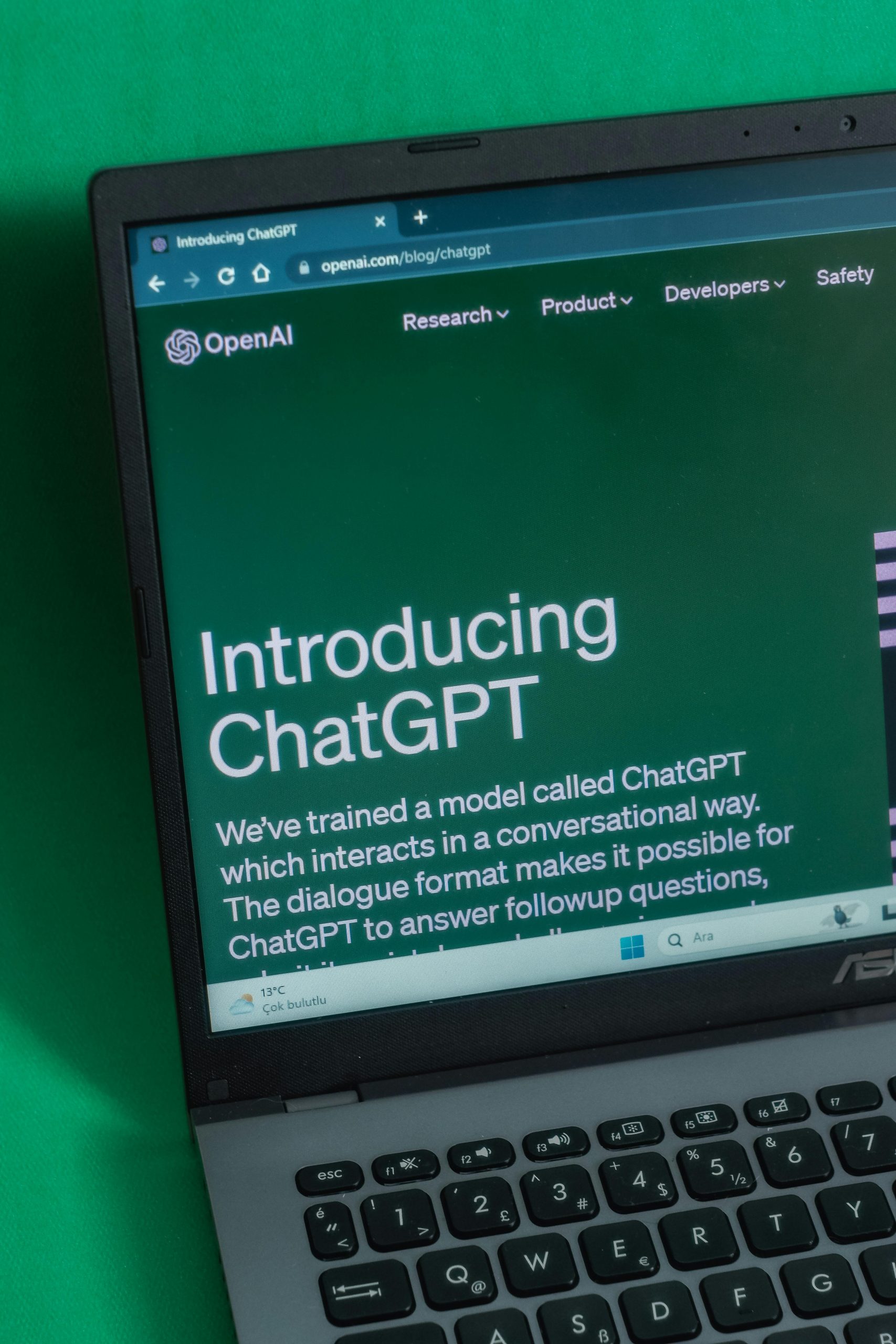Enhancing Offline Skills: A Critical Perspective on the AI Bubble
The AI Hype Bubble: A Critical Perspective on the Industry’s Foundations
As the AI sector continues to captivate investors and tech giants alike, it’s crucial to approach the current narrative with a dose of skepticism. Drawing on insights from industry experts and recent research, this post aims to provide a professional, in-depth analysis of why the so-called AI boom may be fundamentally unstable and overinflated.
Understanding the AI Market’s Fragility
Recent discussions in technology circles highlight that the current enthusiasm for generative AI is largely driven by hype rather than solid fundamentals. Experts describe the market as a “deeply unstable” phenomenon, heavily reliant on subjective sentiments and blind optimism. This environment suggests an impending correction or burst within the next 12 to 24 months, fueled by excessive spending, unclear monetization strategies, and shifting investment patterns among major players.
Key Indicators of an Overinflated Sector
- Concentration Risks and Market Dependency
The stability of the broader stock market, especially the U.S., is increasingly intertwined with a handful of major corporations, notably NVIDIA and the “Magnificent Seven” (Microsoft, Alphabet, Apple, Meta, Tesla, Amazon). NVIDIA’s stock surge has been a major driver, with over 42% of its revenue coming from a small group of hyperscalers continuously expanding their GPU purchases to fuel AI initiatives. This creates a feedback loop: as hyperscalers pour money into AI infrastructure, NVIDIA benefits, inflating its valuation based on perceived future growth—a growth that may not materialize if these purchasing trends slow down.
- Investment vs. Profitability — A Growing Disparity
Despite huge capital expenditures—estimated at over $560 billion between 2024 and 2025 by leading companies—actual revenues generated directly from AI remain minimal and often at cost. For example:
- Microsoft reports around $3 billion from AI services in 2025, against an $80 billion CapEx.
- Amazon’s AI-related earnings are estimated at just $5 billion, with $105 billion in CapEx.
- Meta is investing heavily without clear monetization, while revenue still mainly comes from advertising.
Many of these revenue figures are either internal transfers at cost or include non-AI components, hinting that the real profitability of these investments is far from assured.
- Startups and the “Deep Losses”
Innovative AI startups such as OpenAI and Anthropic are producing billions in revenue but consistently incur multibillion-dollar losses annually. OpenAI, for














Post Comment